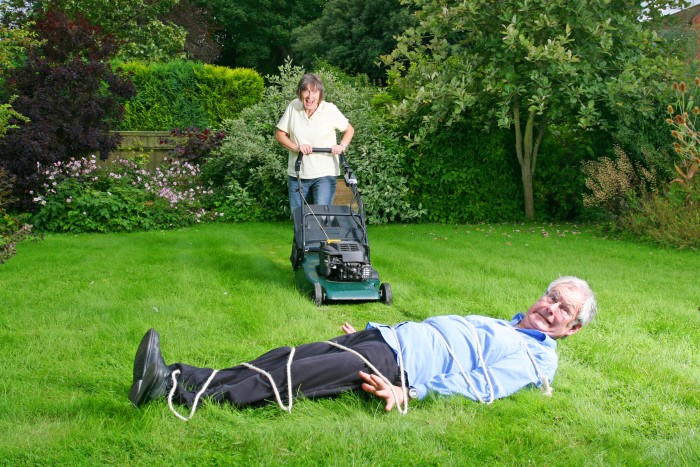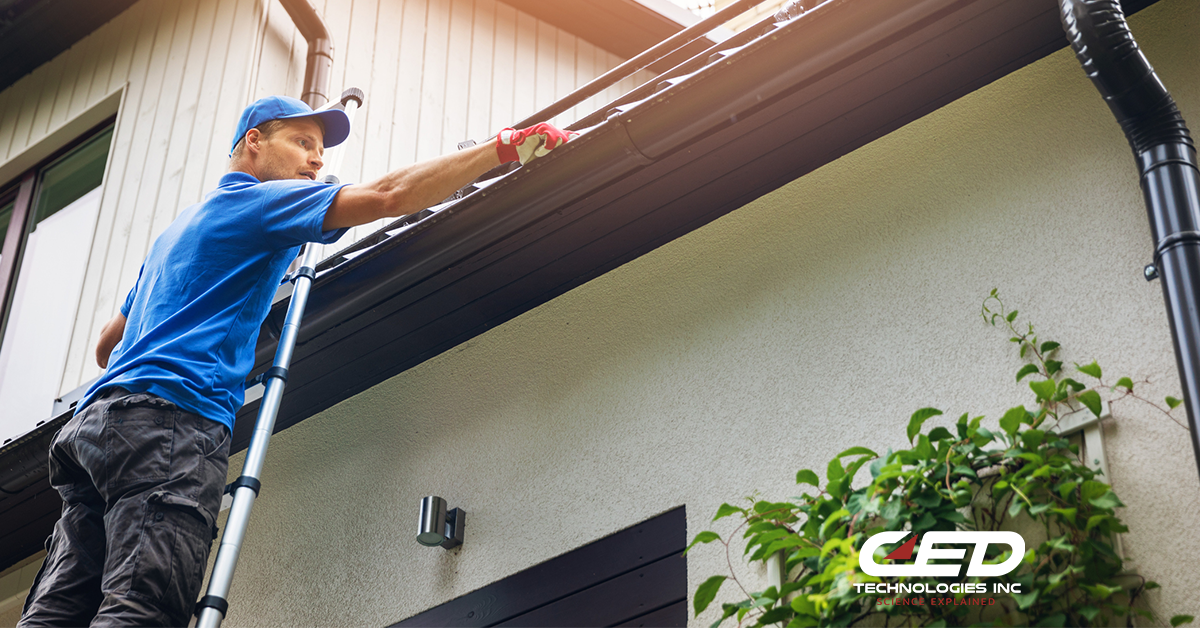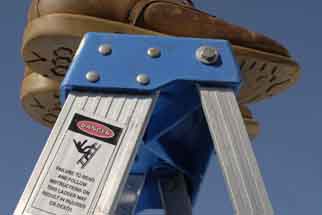We’ve all heard of absurd lawsuits that make the news or catch the public eye: the thief who sues the car dealer because he injures himself climbing over the fence at night, the painter who assembles his ladder on a restaurant table after hours to reach the high spots and takes an ugly – albeit highly predictable – tumble. Such cases are often fodder for slow news days and late-night comedians…as viewers scratch their heads and marvel at the creativity of the perpetrators or even, ahem, the audacity of the lawyers who take on the case “at taxpayers’ expense!”
All joking aside, questions of human factors (i.e. normal vs abnormal behavior) pose serious and complicated challenges to forensic engineers. When an accident occurs, the principle task is to determine whether human error was the cause, or whether the equipment malfunctioned in some way. At this stage, engineers may turn to what’s known as Failure Effect and Mode Analysis (FEMA) documentation. The FEMA process encompasses a comprehensive hazard assessment whereby exhaustive discussion and subsequent implementation of plans occurs to predict and address anything that could possibly go wrong with a product as it pertains to human error. In other words, what can be done to prevent someone from mishandling — and then suffering a resulting injury — by the product? Companies should all have FEMA documentation proof to protect themselves in the event of a lawsuit.
Foreseeability is a key factor here, wherein a manufacturer is expected to anticipate certain uses of the product by the consumer. “The measure of a reasonable use of a product is whether that use is reasonably foreseeable. A manufacturer or supplier may assume that the product will be used in a reasonable manner and put to the use for which it is intended” (Journal of Marketing, Vol.39, p.54). Thus, there is a limit to the degree to which manufacturers/marketers are expected to predict or account for bizarre or abnormal uses of their products. For instance, picking up a lawn mower with both hands and attempting to “mow” a hedge can arguably be considered unreasonable or abnormal behavior.
Fortunately, there is a universally agreed upon Hierarchy of Safety which serves as a standard for common reference by all involved in product liability cases:
- Design out the Hazard. Identify and eliminate hazards to whatever degree reasonably possible: FEMA
- Guard whenever possible. (Chainsaws turn off when a lever on the handle is tripped; an indicator that the user’s hand may be too close to the blade. Microwaves and dryers turn off when they are opened regardless of the time remaining on the touchpad).
- Warn. Warnings must be bold, explicit and conform to accepted national standards. Images or symbols with a diagonal line through the middle (“universal language”) are optimal.
- Train. In the absence of the above preventive/protective measures, thorough training protocols to ensure safe usage by the consumer are mandatory.
Despite all the above safeguards and precautions which now exist to protect people from needless injuries (and manufacturers from unreasonable litigation) it is still a common outcome for the jury to find for the plaintiff, the little guy who is standing in the face of financial ruin against a million-dollar corporation. David vs Goliath. And that seems to be one of the more recognizable and relatable “human factors” of all.Click Here To See Our Full List of Experts Click Here To Submit an Inquiry about a possible Claim or Case.






